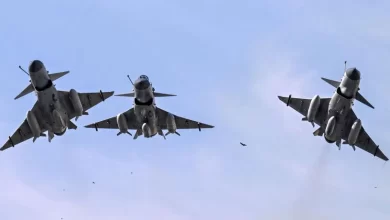Despite best Saudi attempts, crude ends another week in the red

Investing.com — “Patience, patience,” the Saudi oil minister must be telling himself.
While OPEC’s top brain did his best to get a barrel nearer to $80 or above, crude prices finished Friday’s trading even lower than before last weekend’s meeting of the world’s top oil producers, where Saudi Arabia tried to “surprise” the market with another production cut.
That surprise is in inverted commas because many market watchers had already appeared to know that minister Abdulaziz bin Salman and his Saudi contingent would announce a unilateral output cut if there was no willingness by the rest to put up one.
The million-barrel cut that Abdulaziz tried to cutely label as a “Saudi lollipop” couldn’t sustain its sweetness beyond a couple of days.
After a fleeting pop of nearly 3% on Sunday and another 1% rebound on Wednesday, crude prices had fallen most this week.
The downside was distorted partly by a false report from a Middle East news portal on Thursday about a U.S.-Iran nuclear deal that could legitimately channel some sanctioned oil from Tehran to the market.
Concerns about which way the Federal Reserve would go with rate hikes next week, despite bets that the central bank will likely opt to stay after 10 non-stop raises, also sidelined traders from taking on more bullish bets.
New York-traded West Texas Intermediate, or WTI, crude settled Friday’s trade at $70.17 per barrel, down $1.12, or 1.6%, on the day. It peaked at $74.31 during the week, before plunging to $69.09. The U.S. crude benchmark wrapped the week with a loss of 2.2%, adding to the prior week’s drop of 1.3%.
London-traded Brent crude officially finished Friday’s New York session at $74.79, down $1.17, or 1.5%, on the day. Brent’s high for the week was $78.23, while the low was $73.61. Like WTI, the global crude benchmark finished down for a second straight week, with a 1.8% decline that came on top of last week’s drop of 1.1%.
“It’s been a volatile week for oil prices, starting with the spike on the back of Saudi Arabia’s one million barrel production cut and ending with the U.S. and Iran denying a temporary nuclear deal that saw prices plunge on Thursday,” said Craig Erlam, analyst at online trading platform OANDA. “These are very jittery markets against the backdrop of a deteriorating economic outlook.”
Erlam also noted that the Saudi production cut had little impact on the eventual price on oil.
With its latest maneuver on output, Saudi Arabia is effectively pledging to remove some 2.5M barrels per day from its production since October, versus a normal run of 11.5M barrels. The Saudi move came after its 12 partners in OPEC, or the Organization of the Petroleum Exporting Countries, and 10 other allies, including Russia, in the OPEC+ alliance decided to stay pat on production.
Reuters reported on Friday that the Saudis appeared to have caught those in OPEC+ unawares with their move. But almost all traders contacted by Investing.com seemed to have guessed the move, more because of Abdulaziz’s rabid obsession in trying to triumph against short-sellers in the market with his so-called production surprises that were losing their impact with each attempt he made.
“He’s fast becoming the court jester of OPEC with his dares against speculators,” John Kilduff, partner at New York energy hedge fund Again Capital. “Instead of behaving in a dignified way appropriate for the head of OPEC+, he’s acting like a street brawler. These production cuts would have so much more impact if done sparingly, or even quietly. Let the data speak for itself. You always have your ‘gotcha’ moment with the market then.”
Erlam at OANDA agreed.
”The Saudis are clearly not on the same page as their allies and are seemingly far more price obsessed,” the analyst said. “They won some concessions from (price projections for) 2024 but that’s a long time away and much can and probably will change in that time.”







